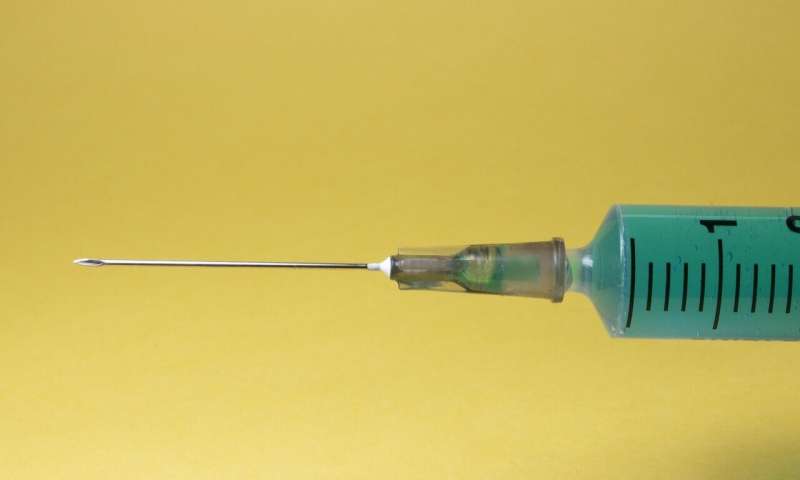Protein Cleavage Unveils Dual Functions in Childhood Ciliopathies and Cell Signaling

New research reveals how a specific cleavage of the TMEM67 protein separates its functions in cilia formation and cell signaling, offering insights into ciliopathies like Meckel-Gruber syndrome and potential therapeutic avenues.
Recent research conducted by Dr. Sumeda Nandadasa at the University of Massachusetts Medical School has elucidated a crucial mechanism behind how a key protein involved in ciliopathies is processed to fulfill two distinct roles vital for child development. The study, published in Nature Communications, demonstrates that this protein, TMEM67, associated with conditions such as Meckel-Gruber syndrome, nephronophthisis, and Joubert syndrome, is cleaved at a specific site into two functional forms or isoforms.
This cleavage event is fundamental in regulating different cellular processes. One isoform localizes to a specialized structure at the base of cilia, acting as a gatekeeper that controls the trafficking of molecules necessary for proper cilia formation and function. Cilia are tiny, antenna-like structures present on nearly all eukaryotic cells, essential for movement, sensing environmental stimuli, signaling pathways, and fluid regulation. Abnormal cilia development can impact many bodily systems, including reproductive motility, visual processes, olfactory function, and internal organ operation.
The other isoform, produced post-cleavage, is crucial for Wnt signaling—a pathway important for cellular development and differentiation. Mutations that prevent TMEM67 from being cleaved result in flawed cilia that may appear distorted or ballooned, contributing to severe ciliopathies. Furthermore, these mutated proteins often remain uncut, impairing both cilia formation and cell signaling.
Dr. Nandadasa explained that understanding the specific cleavage process opens new avenues for therapeutic strategies. Since TMEM67 performs different functions in separate parts of the cell depending on its form, targeting this cleavage event could eventually lead to intervention methods to treat ciliopathies. The study utilized proteomics and mass spectrometry techniques across multiple species, including mice, nematodes, and human cells, to uncover these mechanisms.
Ciliopathies are a diverse group of genetic disorders characterized by defects in cilia structure or function, leading to a broad spectrum of clinical manifestations. TMEM67 mutations are notably responsible for the most severe form, Meckel-Gruber syndrome, which is typically fatal in the neonatal period. Yet, the precise biological pathways through which TMEM67 mutations cause disease were previously unclear. This research sheds light on how the cleavage process distinguishes the protein’s role in ciliogenesis from its involvement in signaling pathways.
The discovery emphasizes the importance of evolutionary conservation of this cleavage event across species, underlining its critical role in cellular health. As further research explores how the two TMEM67 isoforms work independently, new therapeutic targets may emerge for managing or preventing ciliopathies caused by TMEM67 mutations.
Stay Updated with Mia's Feed
Get the latest health & wellness insights delivered straight to your inbox.
Related Articles
Emphysema Detected on Low-Dose CT Scans Can Predict Long-Term Mortality Risks
A recent study finds that emphysema visible on low-dose CT scans used for lung cancer screening can predict increased mortality risk over 25 years, especially from COPD and respiratory diseases.
Impact of Preterm Birth on Adult Blood Pressure and Anxiety Levels
Research links preterm birth to increased blood pressure and anxiety in adulthood. Long-term effects include metabolic and psychological risks, highlighting the need for targeted screening and care.
Chickenpox Vaccination Policies: UK Approves the MMRV for Under-Fours Amid US Restrictions
The UK and US adopt contrasting policies on chickenpox vaccination for young children, with the UK approving the MMRV vaccine to enhance coverage, while the US restricts its use due to safety concerns. Learn about the implications for public health and childhood immunity.



